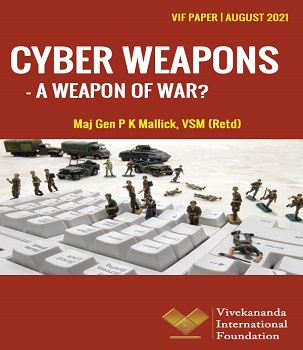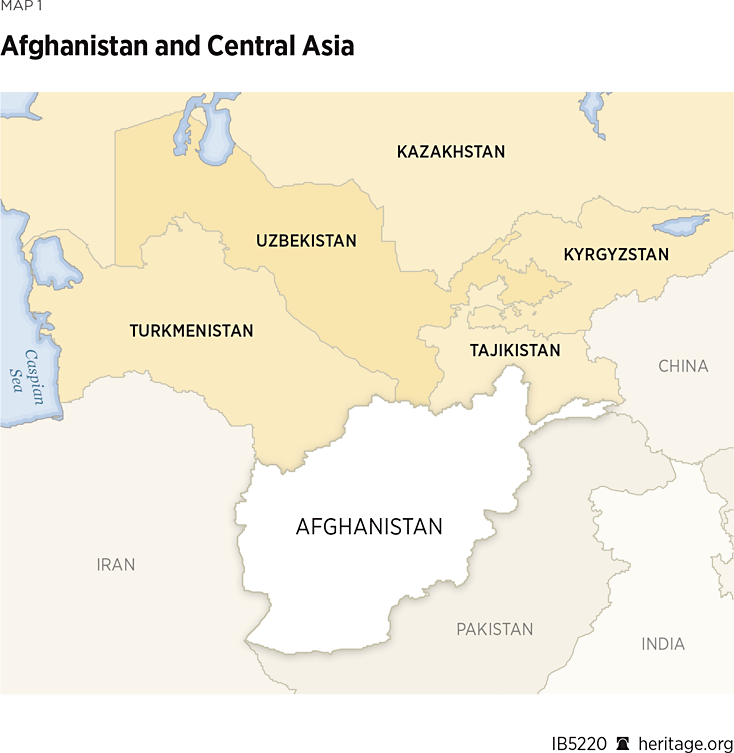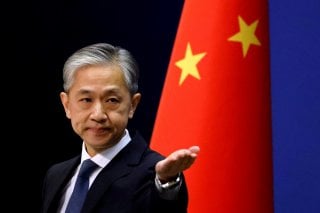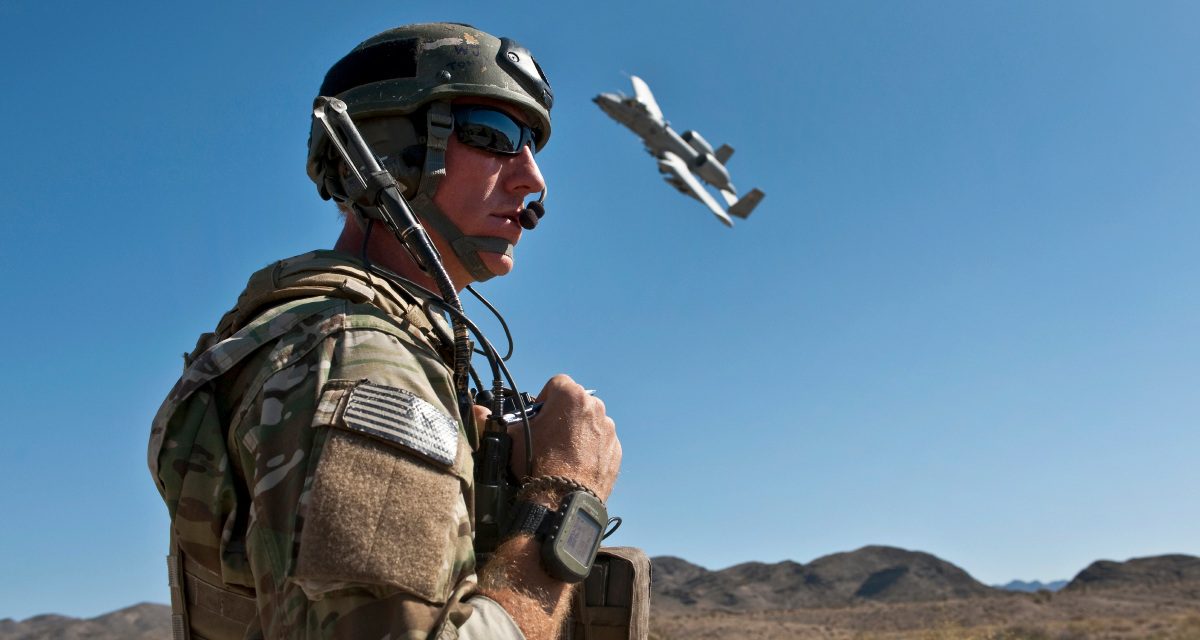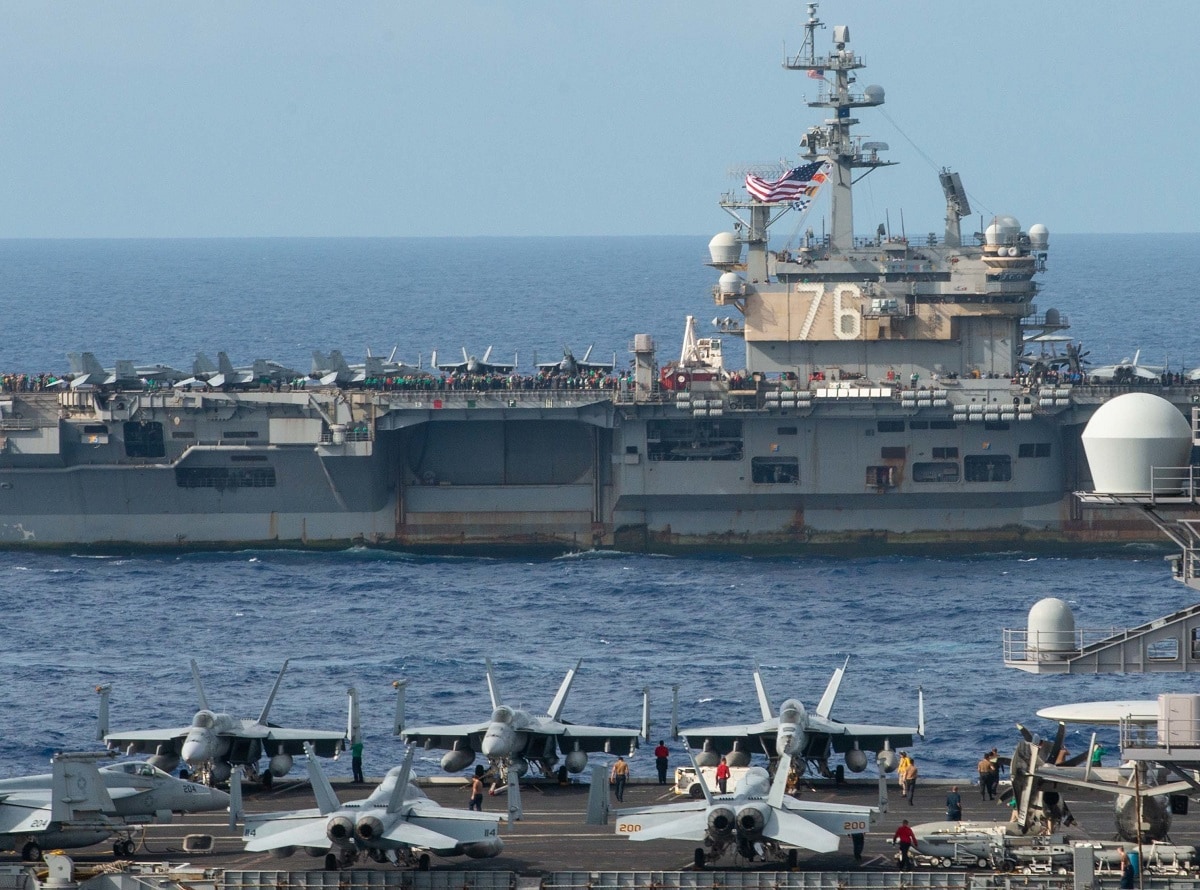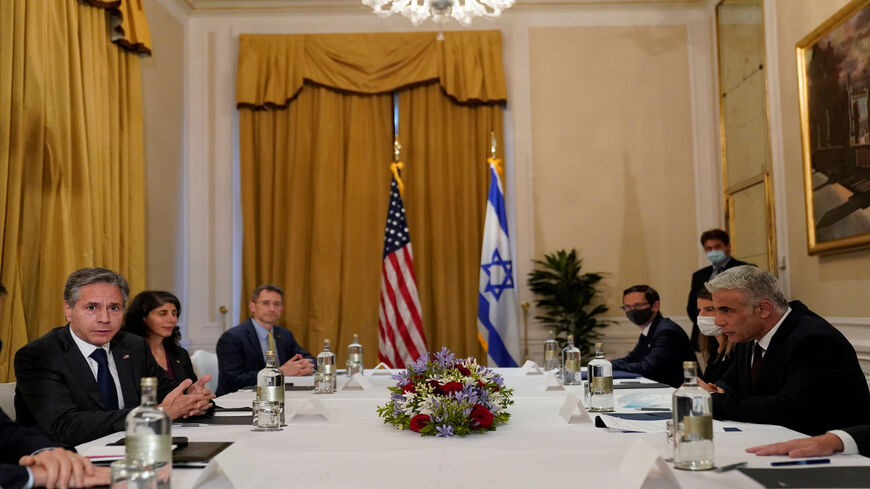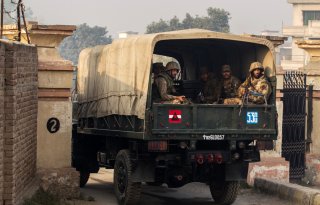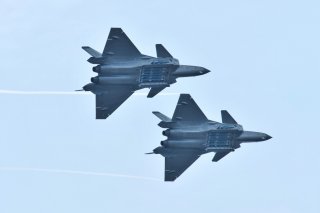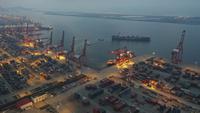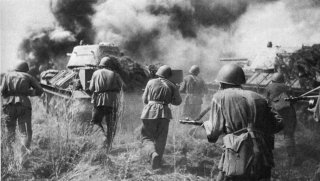Luke Coffey
SUMMARY
Central Asia has been, is now, and will continue to be an area of geopolitical importance to the United States. The Taliban takeover of Afghanistan is a stark reminder of this. If the U.S. is to have a strategy to deal with the geopolitical fallout from the crisis in Afghanistan, policymakers in Washington simply cannot ignore Central Asia. Unfortunately for the U.S., the level of engagement by Washington in the region has been minimal in recent years. The U.S. needs a new approach to protect its national interest in the region and must re-engage—smartly—with the five countries of Central Asia.
KEY TAKEAWAYS
Especially after the Taliban’s return to power, Central Asia is once again—and will continue to be—an area of geopolitical importance to the United States.
Central Asia has often been ignored until it was too late; the Biden Administration has not taken any meaningful steps to enhance U.S. relations with Central Asia.
The U.S. should rebuild relations in Central Asia, and unlike in past decades, do so in a way that will be lasting and genuine.
After 20 years, the Taliban recaptured most of Afghanistan when the U.S. and international withdrawal precipitated a collapse of the Afghan government and security forces.
The five Central Asian countries—Kazakhstan, Kyrgyzstan, Tajikistan, Turkmenistan, and Uzbekistan—have a new reality on their doorstep and are nervously watching it unfold. In the coming months and years, Afghanistan will likely become a place of instability, as it was in the 1990s. While options are limited, the U.S. must mitigate the geopolitical fallout from the fall of Afghanistan.
The Central Asian region will be an important part of any approach. The Biden Administration needs to develop a new Central Asia strategy, build confidence and trust between the U.S. and the Central Asian states by routine senior-level visits, prioritize improving relations with Kazakhstan, Tajikistan, and Uzbekistan, specifically, and cooperate on security and terrorism issues with all countries in the region when possible, at a pace with which they are comfortable.
Central Asia is a region often ignored by U.S. policymakers until it is too late. In the early 1990s, after the fall of the Iron Curtain, the U.S. began to pursue relations with these newly independent republics. But after a few years, that initial enthusiasm for engagement in the region declined.
During the Afghan civil war in the mid-1990s, different Central Asian countries backed different warlords and powerbrokers in Afghanistan—but all were unified in stopping the Taliban from taking power. In the aftermath of 9/11, the U.S. had to scramble to rebuild relations with the region because of the need for military bases. Tajikistan and Uzbekistan, both of which played an important role backing opposition to the Taliban in the 1990s, also played a vital role in the opening days of America’s military involvement in Afghanistan in late 2001.
At this time, the U.S. established two air bases in Central Asia. One was at Karshi-Khanabad in Uzbekistan, on an old Soviet air base, the other at Manas International Airport in Kyrgyzstan, near the capital Bishkek. These two bases helped the U.S. and its NATO partners to conduct military operations in Afghanistan.
Maintaining access to these bases was not easy, however. In 2005, American forces were evicted from Karshi-Khanabad after the Bush Administration condemned the Uzbek government for its crackdown on the 2005 protests in Andijan, which left dozens—perhaps hundreds—of protesters dead. The U.S. presence in Manas proved to be more resilient. However, mounting Russian pressure on Bishkek to close the base meant that the lease for the base was not renewed in 2014.
Other external powers also established military presences in the region in the aftermath of 9/11. Germany maintained an air base in Termez, in southern Uzbekistan, from 2002 until 2014. It was used to resupply and support German forces operating just across the border in northern Afghanistan. France maintained a small aviation detachment in Dushanbe, Tajikistan, to support its operations in Afghanistan. That base closed in 2013.
When President Barack Obama ended U.S.-led combat operations in Afghanistan in 2014, U.S. engagement in Central Asia waned yet again. While the Trump Administration did try to increase engagement, Russia and China did the same. The C5+1 initiative,1
The primary goal of the C5+1 initiative is to create a multilateral format for the five Central Asian republics and the U.S. to build relations with each other. The C5+1 nations are the Republic of Kazakhstan, the Kyrgyz Republic, the Republic of Tajikistan, Turkmenistan, the Republic of Uzbekistan, and the U.S. started by the Obama Administration and continuing today, rarely delivers anything tangible in the U.S.–Central Asia relationship and has morphed into a stale talking shop. So far, the Biden Administration has not taken any meaningful steps to enhance U.S. relations with Central Asia.
Time for U.S. Engagement
Due to the Taliban takeover of Afghanistan, the U.S. needs a close relationship with countries in the region. However, years of neglect from Washington will make this difficult. The U.S. should re-build relations in Central Asia, and unlike before, do so in a way that will be lasting and genuine. To do so, the Biden Administration should:
Develop a new Central Asia strategy. In February 2020, the Trump Administration launched the first U.S. strategy for Central Asia in half a decade. The strategy emphasized Afghanistan’s role in the region. Two of the six “policy objectives” in the strategy directly dealt with Afghanistan: “Expand and maintain support for stability in Afghanistan” and “[e]ncourage connectivity between Central Asia and Afghanistan.”2
U.S. Department of State, “United States Strategy for Central Asia 2019-2025: Advancing Sovereignty and Economic Prosperity (Overview),” February 5, 2020, https://www.state.gov/united-states-strategy-for-central-asia-2019-2025-advancing-
sovereignty-and-economic-prosperity/ (accessed September 21, 2021). While the strategy was well received by the regional governments and policymakers in Washington at the time, current events now make it out of date. A strategy is urgently needed that reflects the new reality in the region.
Increase U.S. government and diplomatic presence in the region. No sitting U.S. President has ever visited Central Asia. It is time for this to change. In the meantime, a good way to start re-engagement easily and symbolically would be with a few high-level visits by U.S. officials. The U.S. should send Cabinet-level visitors to build relations in the region. Considering the new reality in Afghanistan, regional countries, such as Kazakhstan, Tajikistan, and Uzbekistan, are natural partners. The U.S. should pursue a pragmatic relationship with these countries based on mutual strategic and regional interests.
Increase bilateral military and security relations with willing countries in the region—at a pace decided by them. The U.S. has a history of basing troops in the region. However, even though it would benefit the U.S. to re-open a military base in Central Asia, the likelihood of this happening anytime soon is remote. Many do not trust the U.S. in the region and Washington has not put in the legwork over the years required to keep close relations. Instead, the U.S. should take steps to rebuild trust and confidence and focus on restoring bilateral relations with the Central Asian states. Then, someday the circumstances might allow another U.S. base in the region.
Increase U.S. engagement in the South Caucasus. The geography of Eurasia means that getting in and out of Central Asia is not straightforward. Pakistan is not often a solid partner when it comes to accessing the region. China, Iran, and Russia obviously are not options for the U.S. either when it comes to accessing Central Asia. This leaves a very small, narrow corridor from Turkey through Georgia and through Azerbaijan’s Ganja Gap.3
There are only three ways for energy and trade to flow overland between Europe and Asia: through Iran, through Russia, or through Azerbaijan. With relations among the West, Moscow, and Tehran in tatters, that leaves only one viable route for hundreds of billions of dollars’ worth of trade—through Azerbaijan. This small trade corridor, only 100 kilometers wide, is known as the Ganja Gap—named after Azerbaijan’s second-largest city and old Silk Road trading post of Ganja. If Washington is serious about getting more involved in Central Asia, it must also engage more with the countries of the South Caucasus.
An Important Region
Central Asia has been, is, and will continue to be an area of geopolitical importance to the United States. The situation developing in Afghanistan is a reminder of this. If the U.S. is to have a strategy to deal with the geopolitical fallout from the crisis in Afghanistan, policymakers in Washington simply cannot ignore Central Asia. Unfortunately for the U.S., the level of engagement by Washington in the region has been minimal in recent years. The U.S. needs a new approach to protect its national interest in the region.
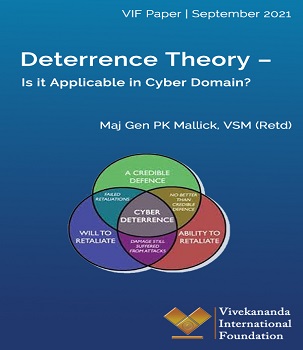 The Deterrence Theory was developed in the 1950s, mainly to address new strategic challenges posed by nuclear weapons from the Cold War nuclear scenario. During the Cold War, the U.S. and the Soviet Union adopted a survivable nuclear force to present a ‘credible’ deterrent that maintained the ‘uncertainty’ inherent in a strategic balance as understood through the accepted theories of major theorists like Bernard Brodie, Herman Kahn, and Thomas Schelling.1 Nuclear deterrence was the art of convincing the enemy not to take a specific action by threatening it with an extreme punishment or an unacceptable failure.
The Deterrence Theory was developed in the 1950s, mainly to address new strategic challenges posed by nuclear weapons from the Cold War nuclear scenario. During the Cold War, the U.S. and the Soviet Union adopted a survivable nuclear force to present a ‘credible’ deterrent that maintained the ‘uncertainty’ inherent in a strategic balance as understood through the accepted theories of major theorists like Bernard Brodie, Herman Kahn, and Thomas Schelling.1 Nuclear deterrence was the art of convincing the enemy not to take a specific action by threatening it with an extreme punishment or an unacceptable failure.